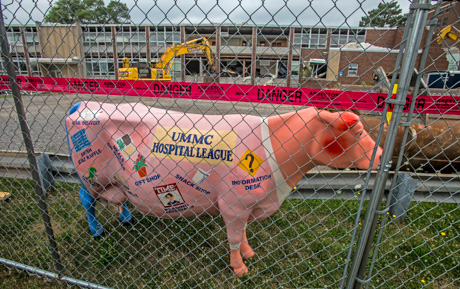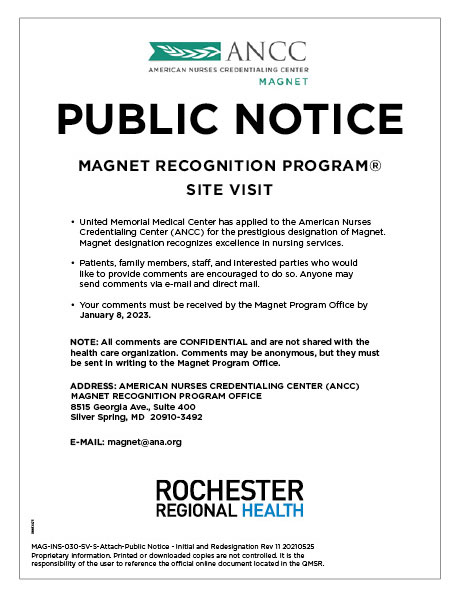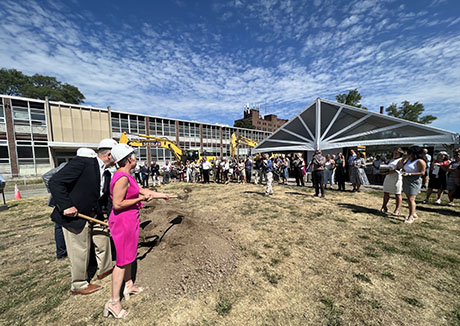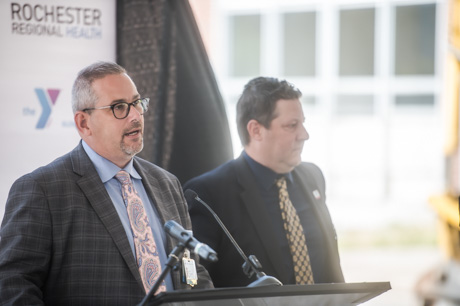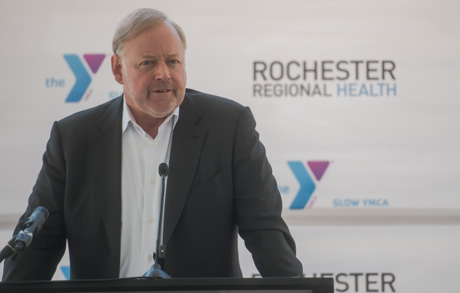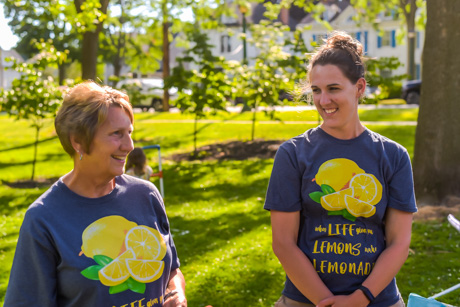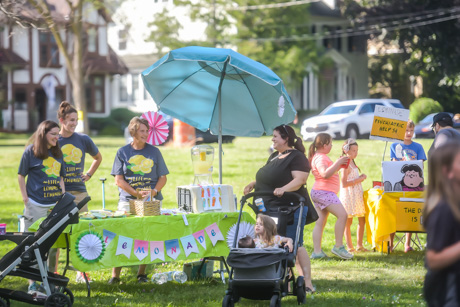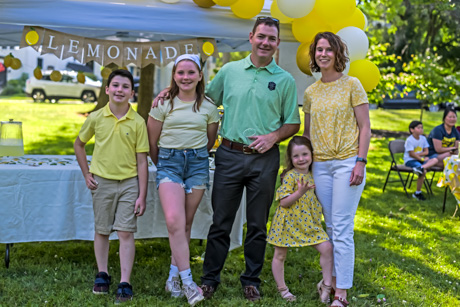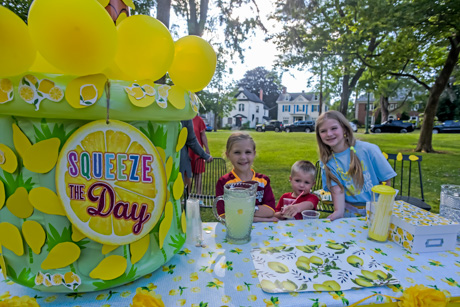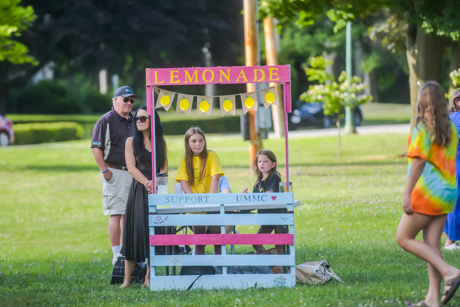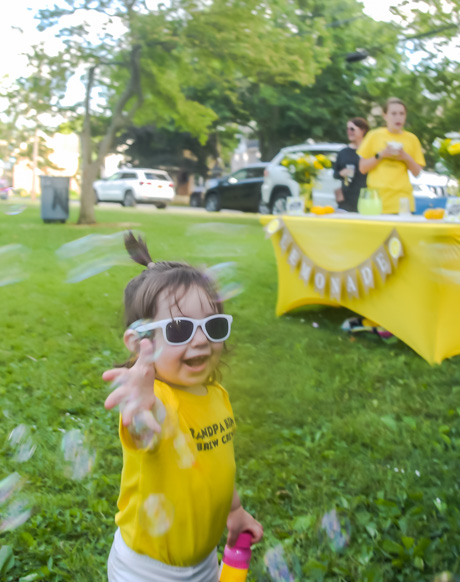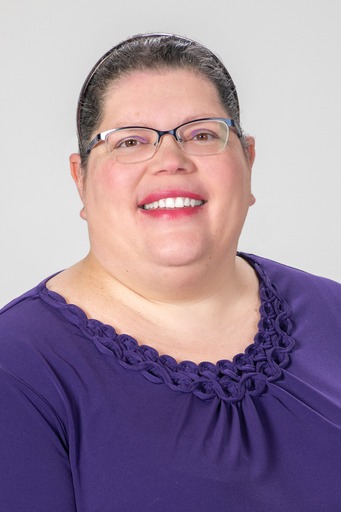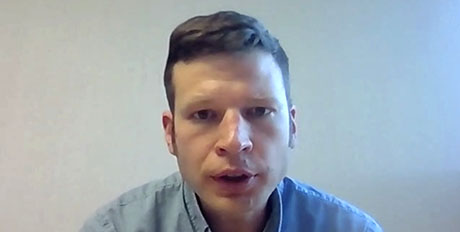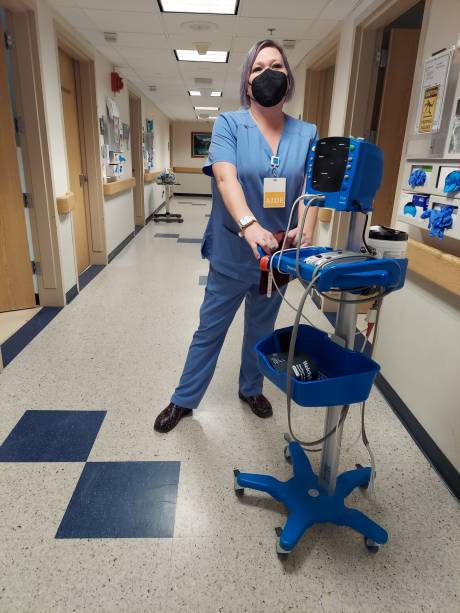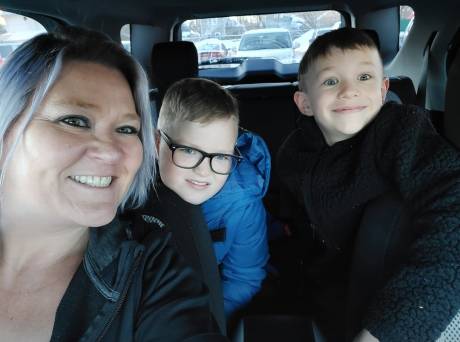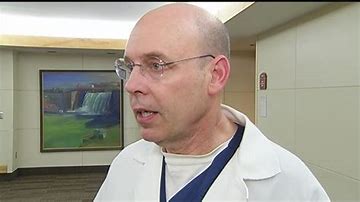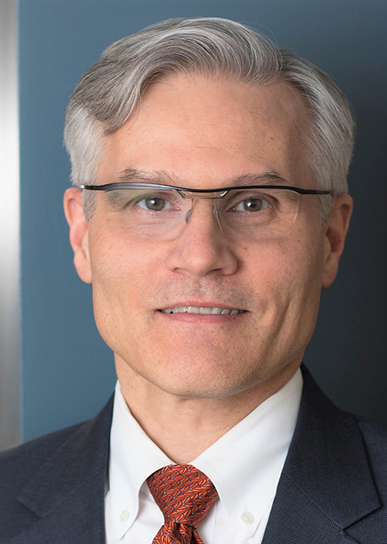UMMC celebrates excellence, awards and patient healing

Since United Memorial Medical Center has partnered with Healogics, an industry leader in wound care, it has cared for 9,000 patients and 40,000 wounds in the last seven years alone, with "highly skilled and trained staff” leading the hospital’s Wound Care and Hyperbaric Center as the recipient of two awards for its treatment achievements this week, Healogics Director of Operations Toni McCutcheon said Tuesday at the North Street facility.
“There are 65 collective years of experience in this wound care center, which is amazing. They provide exceptional wound care within the community. And since the center's opening, they have encountered nearly 40,000 wounds. It's amazing. It's amazing what the center does, it is reasonable to expect this center to have exceptional care and amazing healing outcomes,” she said. “So with that, the first award I'm going to present is an award for Clinical Excellence. This award is achieved by clinics that are in the top 10 percent of the wound meats adjusted comprehensive heal rate. The center is compared against over 600 other centers within the country that achieved top 10 percent.”
She added that, having visited the center, it’s an obvious team effort, and “these patients are well cared for and their wounds are healed and that's important to get them back their quality of life.”
This is a first for the Clinical Excellence Award, and a seventh time to be named Center of Distinction.
Dan Ireland, CEO of UMMC, spoke on behalf of hospital leadership and the board to congratulate the team and tell them, “we can’t be more proud of what this team has accomplished for the seventh time.”
“I can reflect on years ago when we first opened the center, we were all excited to have hyperbaric machines like that was the really cool thing to have. And we would show them off, but it quickly went beyond the fact of the equipment that we have, but to this great culture of a care team that we have here,” he said. “And it can't go without noticing it is all types of providers that play a role in here. You know from from Dr. Canzoneri and his provider team, to our PAs to our LPNs to our nurses to our support staff. They collectively work together to make sure that care is provided to the highest level and to be able to receive an award like this with such high score.”
One his Dr. Joseph Canzoneri’s “special patients,” Cherry Carl, shared her story of needing help for a hematoma that was ‘huge, painful” and could not be treated by her primary care physician. So she researched it and found UMMC’s Wound Care Center.
She drove two hours round-trip, and Dr. Canzoneri agreed to help. He explained what he was doing step-by-step and treated cut out the hematoma so that she could heal.

"No matter who you are, no matter where you are in your life's journey, you're welcome here. And no wound I think, is too small in this place. And then he exudes confidence. And he made sure that I knew what I had to do when I went home,” she said. “That meant weeks of coming here once a week, so he could scrape and scrape, and then it healed, but I if I hadn't come … because the wound was infected with Mersa an E. Coli. And if I had ignored it, I don't know.”
Canzoneri said that 50 million people globally suffer from foot and leg ulcerations each year, and the average healing time in most cases is over a year. That puts patients at high risk for amputations, death and other comorbidities, he said.
“Studies have proven and shown that basically, this team approach that we have here, especially at UMMC, helps reduce these comorbidities and mortality by 9 percent. Now, our job at UMMC wound care is not just to heal the patient, but it's to heal the patient as fast as we can and prevent the reoccurrence,” he said. “Our team approaches and uniqueness at UMMC help us further utilize our well-trained nurses, our dieticians, hospitals, physicians, infectious disease team vascular specialists, podiatry, orthopedics, nephrology, endocrinology or cardiology consultants, radiology, physical therapy, orthotics, home nursing care, and I'm sure a few others I forgot to mention.
"This ability to coordinate quickly and effectively is what the patient needs in our Wound Care Center is what really makes us and helps us achieve that seven-year center of distinction,” he said.
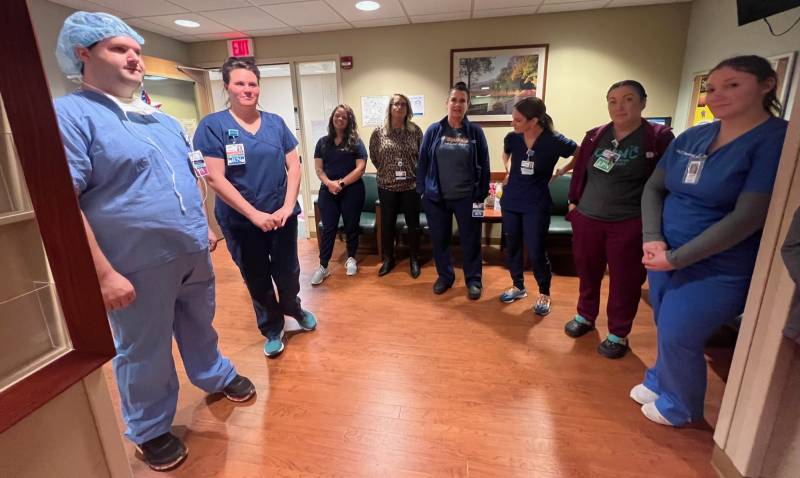
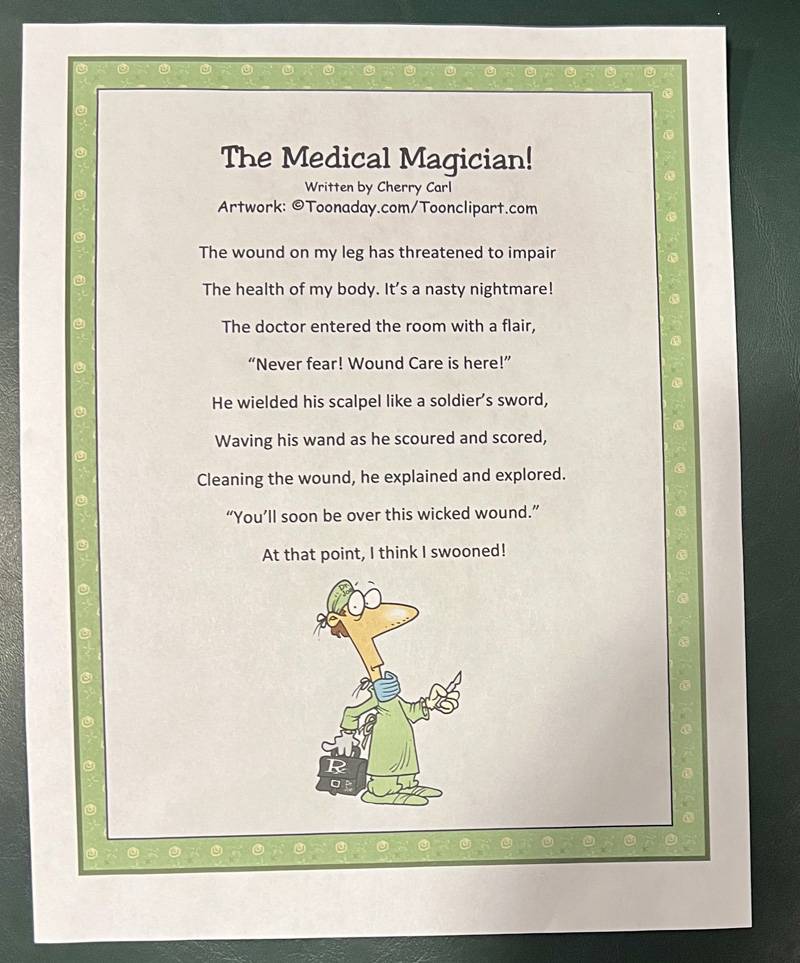
Top Photo: Toni McCutcheon, director of operations for Healogics, left, presents an Award of Clinical Excellence to United Memorial Medical Center's Wound Care and Hyperbaric Center, led by Dr. Joseph Canzoneri, far right, Tuesday at the Batavia facility; team members celebrate their seventh Center of Distinction Award, also presented during the event; and a special patient shares her story with event participants. Bottom photo, a poem written by Cherry Carl for Dr. Joseph Canzoneri. Photos by Howard Owens.

